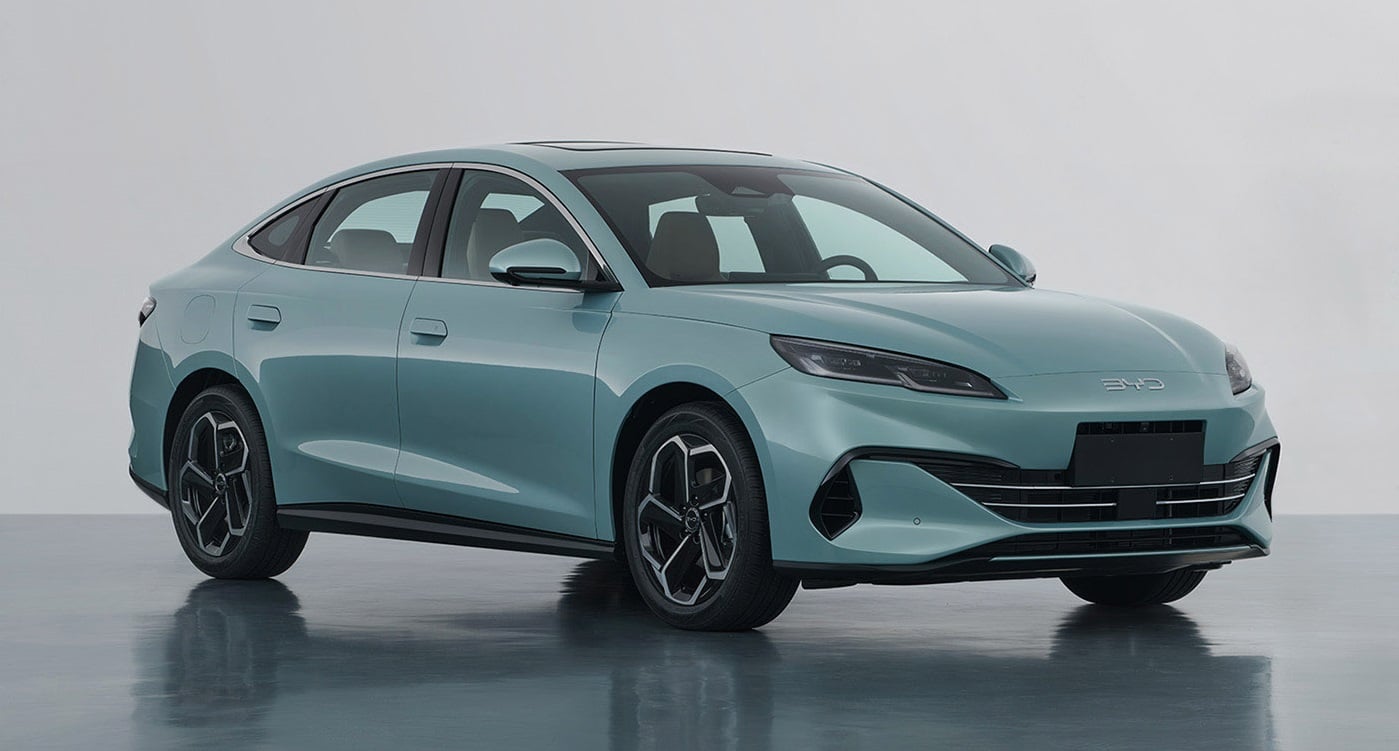The latest versions of the BYD Qin L and Seal 06 sedan models have a new plug-in hybrid technology. These cars start at 99,800 yuan ($13,775). With this technology, drivers can save up to 9,682 yuan a year on fuel compared to gasoline cars.
According to Company Chairman Wang Chuanfu, when the battery is fully charged and the gas tank is full, these cars can drive up to 2,100 kilometers (1,249 miles). This new technology, now in its fifth generation, uses very little fuel, only 2.9 liters per 100 km (62.1 miles), even after the battery is empty.
The previous version of BYD’s plug-in hybrid technology could only drive a short distance on batteries and consumed 3.8 liters of fuel per 100 km when running only on gasoline. However, it helped BYD grow quickly since 2021 with popular models like the Qin Plus DM-i sedan and Song Plus DM-i SUV.

For the past three years, most of BYD’s sales have been plug-in hybrids priced from 79,800 yuan. The company has sold a total of 3.6 million such cars.
In the first quarter, BYD lowered the prices of its plug-in hybrids by 10-22%. Models like the Qin and Song are now outselling gasoline cars like Lavida and Sagitar in the mass market because they are cheaper and use less fuel, which attracts Chinese buyers who are careful with their money.
While BYD is expanding internationally, it still sells fewer cars than bigger companies like Toyota, Volkswagen, General Motors, and Stellantis.
But BYD, along with other Chinese EV makers, is becoming more competitive in overseas markets like Southeast Asia, Australia, and the Middle East. In these places, governments have fewer rules and taxes on imports.

